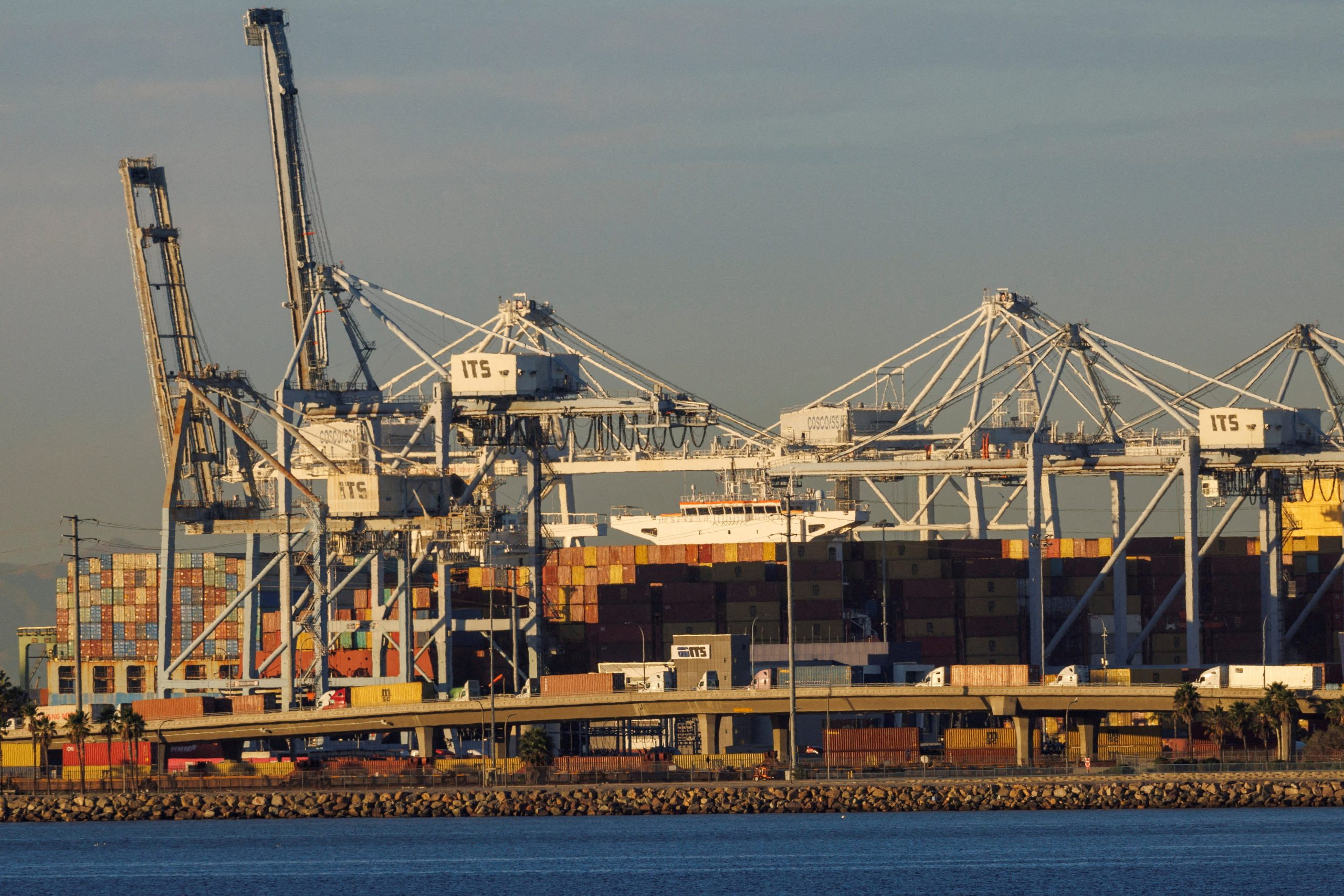
Ian Patrick, FISM News
[elfsight_social_share_buttons id=”1″]
The U.S. Bureau of Labor Statistics’ (BLS) most recent report on the Producer Price Index (PPI) shows a 1% jump in January of 2022 for total final demand, surpassing an expected 0.5% increase. The previous PPI for December of 2021 was 0.4%.
This number is defined by the BLS as a measurement of “the average change over time in the selling prices received by domestic producers for their output.” In the words of Gwynn Guilford from MarketWatch, it is the price “that suppliers charged businesses and other customers.” The index is one of the main measures of inflation in the country, as a rise in wholesale prices is almost always passed down to consumers.
The 1% jump in January is the highest PPI increase for total final demand since May of 2021, when the index also rose 1%. For the 12-month period ending in January 2022, the final demand has risen a whopping 9.7%.
Broken down further, the PPI for final demand of goods increased 1.3% which reversed a slight decline in December of 0.1%. Food prices increased 1.6% and energy prices increased 2.5%, while less foods and energy increased 0.8% for the month. Final demand services also increased by 0.7%, with trade going up by 0.6% while transportation and warehousing had no change. Other services increased by 0.9%.
Mahir Rasheed, an economist at Oxford Economics in New York, says that these increases are due to a “combination of stubborn supply disruptions and elevated energy prices,” according to reporting from Reuters.
Sam Bullard, a senior economist at Wells Fargo in Charlotte, North Carolina tried to give a comforting but cautionary tone regarding the continued presence of inflation. Bullard said “we continue to believe inflation should moderate in coming months,” but that “inflation will continue to run well ahead of pre-pandemic levels and therefore remain a key challenge for policymakers, businesses, and consumers alike.”
Financial research firm Moody’s Analytics released a report last week on the inflation rate saying Americans are paying an extra $276 per month when comparing today’s inflation rate to the average growth in 2018 and 2019. The most recent inflation rate was marked at 7.5%, compared to the average 2.1% rate in the pre-pandemic years.
